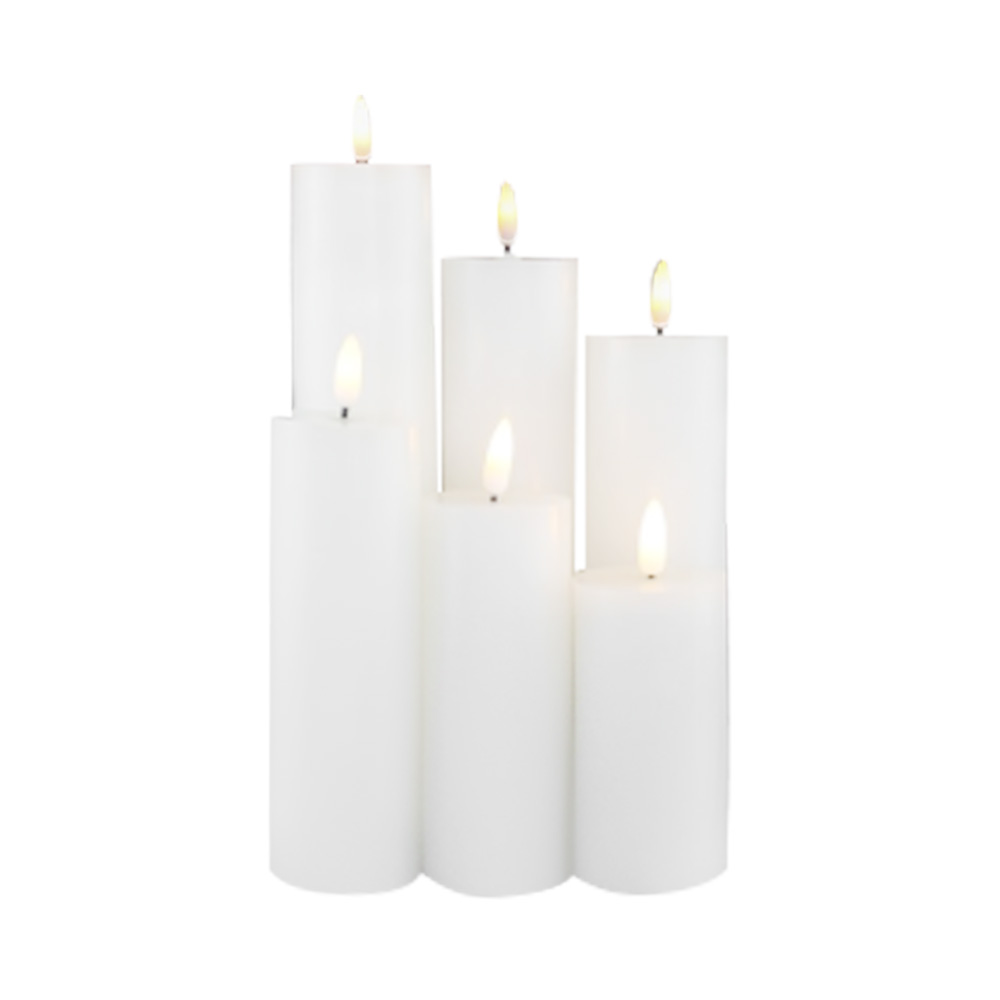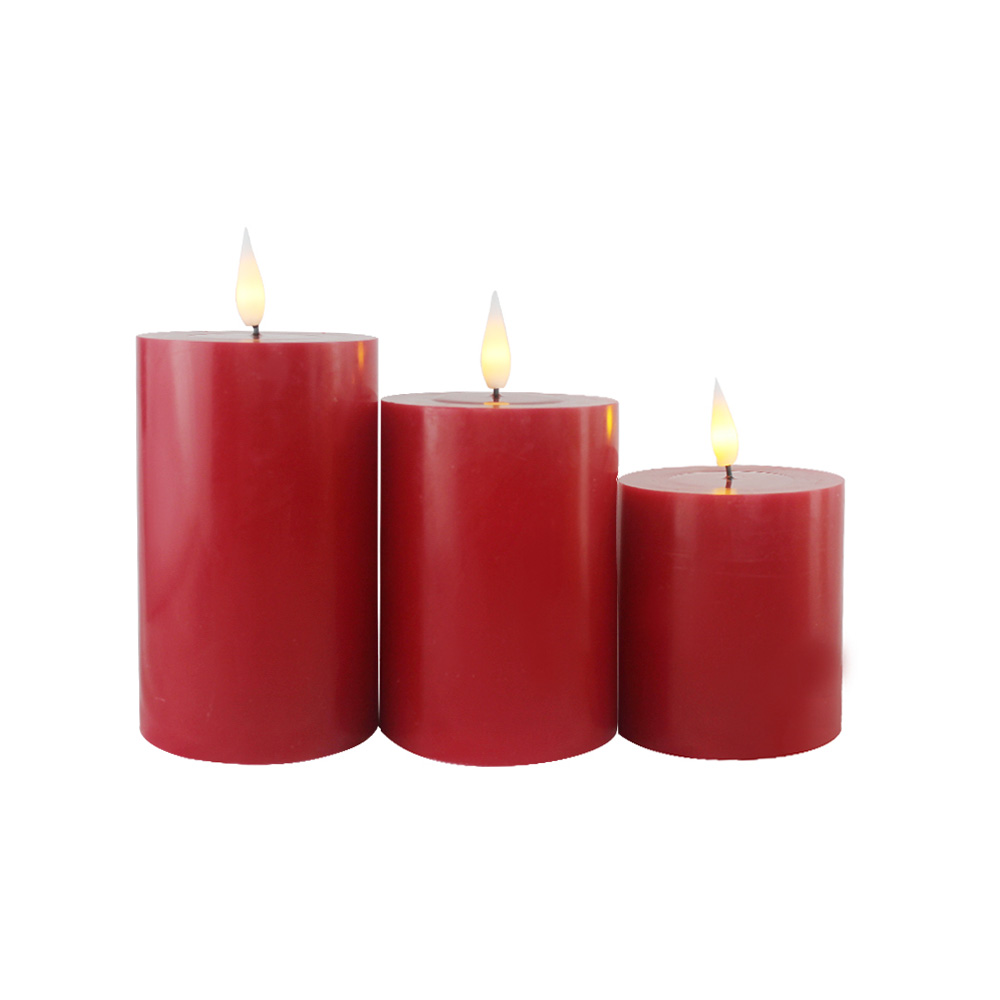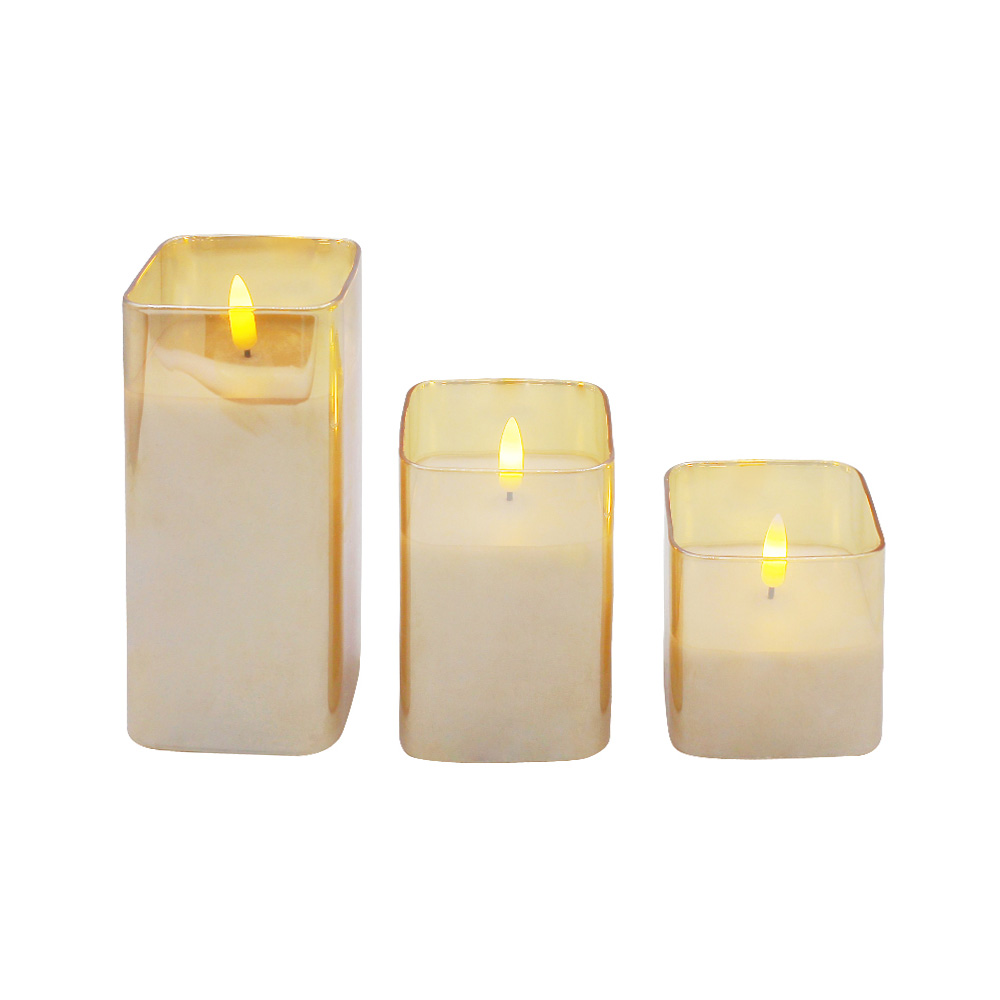What should we pay attention to when maintaining and cleaning LED cement lamps?
Understand the structural characteristics of LED cement lamps
LED cement lamps combine LED light sources with cement lamp bodies. Cement makes the lamp body strong and has certain protective properties, but its surface is relatively rough and easy to accumulate dust and dirt. Understanding the structure of the lamp helps to scientifically formulate maintenance and cleaning plans to avoid damage to the lamp or affect its service life.
Regularly check the operating status of the lamp
The first step in maintaining LED cement lamps is to regularly check its operating status. Check whether the lamp is lit normally, whether there are abnormal phenomena such as flickering and reduced brightness. You should also pay attention to whether the power cord and connector are loose or aging to avoid safety hazards caused by line failure. Through regular inspections, problems can be discovered early and the risk of equipment damage can be reduced.
Disconnect the power supply before cleaning
Before cleaning, be sure to cut off the power supply of the lamp to prevent electric shock or equipment damage. Power off is a key step to ensure safe operation and avoid safety risks caused by accidental power on. Especially in outdoor or humid environments, power off operation is more important.
Use appropriate cleaning tools and materials
Since the cement surface is relatively rough and porous, a soft brush or cloth should be used for cleaning, and hard brushes should be avoided to avoid surface damage. The dust on the surface can be wiped with a dry or slightly damp cloth. For stubborn stains, a neutral detergent can be used. Do not use strong acids, strong alkalis or highly corrosive solvents to avoid damaging the cement material and LED components.
Prevent moisture from penetrating into the lamp body
During the cleaning process, a large amount of water should be avoided from being sprayed directly or penetrating into the interior of the lamp, especially the junction box and light source. Although cement lamps have a certain waterproof level, excessive moisture may cause a short circuit or damage the LED chip. When cleaning with a wet cloth, be sure to wring out the moisture and keep the lamp dry.
Pay attention to dust prevention measures
Dust easily accumulates on the surface of cement lamps, affecting the lighting effect and heat dissipation performance. Regularly brush the surface with a soft brush or vacuum cleaner to keep it clean, which helps maintain the heat dissipation efficiency and light performance of the lamp. Excessive dust accumulation may cause local temperature rise and shorten the life of the lamp.
Check the sealing performance
LED cement lamps are mostly used in outdoor environments, and the sealing performance directly affects their waterproof and dustproof capabilities. Regularly check whether the sealing ring and sealant are aging or cracking to ensure that the protective performance of the lamp is intact. If the sealing material is found to be damaged, it should be replaced or repaired in time to prevent moisture from entering the lamp body.
Avoid mechanical shock and vibration
Cement is hard, but it is not resistant to strong impact and severe vibration. During maintenance and cleaning, it should be handled with care to avoid knocking and collision to prevent cracks or breakage. If cracks appear in the lamp, it will affect the protective performance and may cause safety hazards.
Regularly check the power supply and wiring parts
The power supply part is an important component of the lamp. Whether the connection is firm and safe is the focus of maintenance. Check whether the power cord is worn or cracked, and whether the terminal is loose. For outdoor lamps, special attention should be paid to the integrity of the waterproof joint to avoid moisture infiltration and short circuit.
Record maintenance and cleaning cycle
In order to ensure the long-term and stable operation of LED cement lamps, it is recommended to establish maintenance and cleaning records. Clarify the cycle and content, such as monthly dust cleaning, quarterly circuit inspection, and annual comprehensive overhaul. Systematic management helps to detect potential problems in time and extend the service life of lamps.
The impact of the use environment on maintenance
The maintenance difficulty of LED cement lamps is closely related to the use environment. Areas with more wind and sand need to be cleaned more frequently, and the waterproof performance should be checked in humid and rainy environments. Formulating maintenance plans for specific environments can improve the reliability and use effect of lamps.
Suggestions for handling when encountering faults
When the LED cement lamp is not lit, flickers, or has light decay in some areas, first check whether the power supply and wiring are normal. If the line is confirmed to be correct, it is recommended to contact a professional for maintenance. Avoid disassembling or replacing LED components by yourself to prevent secondary damage or safety accidents.

Ningbo Weizhi Electronics Co., Ltd.
- We will be pleased to provide products with high quality, reasonable price, punctual delivery and best service for you!
GET A QUOTE
Building 2, No. 2477, Cihai North Road, Xipu Town, Zhenhai District, Ningbo City, China
-
 +86-18067520996
+86-18067520996
-
 +86-574-86561907
+86-574-86561907
-
 +86-574-86561907
+86-574-86561907
-
 [email protected]
[email protected]
- +8618067520996
- +86 18074202116
Copyright 2024 Ningbo Weizhi Electronics Co., Ltd. All Rights Reserved.




 English
English Deutsch
Deutsch







